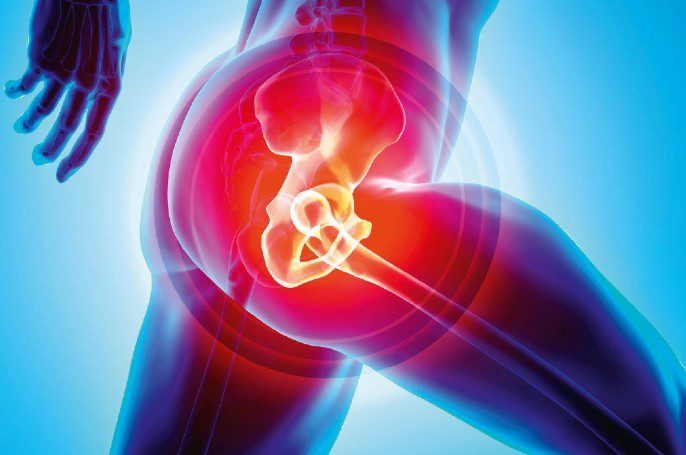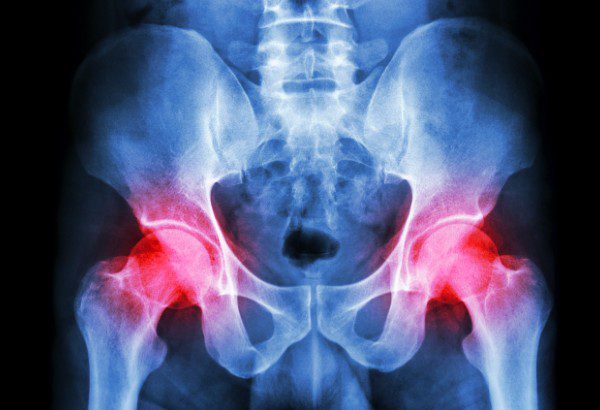Total Hips Replacement
The hip joints represent the largest ball-and-socket joints within the human body. These joints connect the hip socket to the head of the thigh bone, known as the femur head. Approximately half of the femoral head is encased by the hip socket, providing the hip joint with robust bony stability. Moreover, this stability is reinforced by the presence of a cartilage seam and a joint lip.
Working in tandem with the muscles in the hip and thigh region, as well as the lower back muscles, the hip muscles play a crucial role in stabilizing, absorbing shocks, and ensuring proper alignment of the knees and feet. Alongside the lower back, the hips are central to nearly all physical activities.

With each step we take, our hip joints must bear loads that can be several times our body weight. For instance, when ascending stairs, the hips endure pressures equivalent to almost three times our body weight. The magnitude of these loads varies, with particularly high demands placed on the hips during activities like running or jumping, while others such as cycling or swimming impose significantly lower stress on these joints.

Special pathologies affecting the hip joint
Arthrosis is a progressive condition characterized by the gradual deterioration of articular cartilage. While it may naturally occur with age, it can also result from injuries or congenital abnormalities. This process leads to the gradual erosion of joint surfaces and gives rise to common symptoms, including pain upon initial movement after periods of inactivity, nighttime discomfort, and reduced range of motion.
The initial attempts to develop and implant an artificial hip joint trace back to 1821. Over time, a wide array of materials were experimented with. However, it wasn’t until 1959/60 that Sir John Charnley introduced bone cement and employed plastic (polyethylene) as a sliding component for the prosthesis. Since then, the fundamental principles of hip arthroplasty have remained consistent. Advances in our understanding of friction, materials research, biomechanics, and surgical techniques have led to notable enhancements in the durability and tolerance of implants. Today, for instance, approximately 95 out of 100 hip prostheses remain functional even after 20 years.

